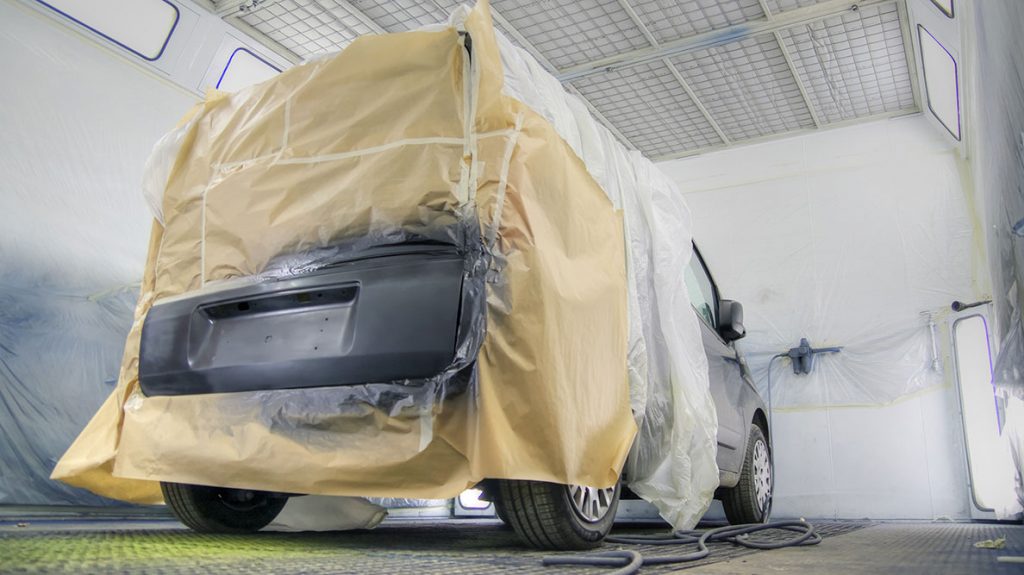Hello, this is Alex from Progi.
The following text was written to guide shops as they resume work. Our goal is to shed some light on the different options and to help you chose a back-to-work scenario that fits your local reality, your shop and your business goals following the impacts of the COVID-19 prevention campaign on our industry.
Back to work scenarios:
- Scenario A: The entire staff returns to work.
- Scenario B: Half of the staff returns to work.
- Scenario C: Progressive return starting with a small team and adding members to meet the demand until things get back to normal.
Back to work scenarios—what is the number one issue to keep in mind?
It’s the overall hours to produce in your shop. You will need to analyze two things to calculate them:
- Analyze the back log or pantry, i.e., the production hours left before you closed your shop. With ProgiPlanning, you simply need to check the total hours in your To plan job list. If you do not use ProgiPlanning, you’ll need to do a bit of a math gymnastics to calculate the hours in you back log, but it’s very important to do it.
- You need to examine everything you received during the confinement period, including non-drivable files. By adding those to the pantry, you will have a global picture of the hours, or, simply put, the amount of guaranteed work ahead.
Consider the following points when establishing your scenario:
- Under good conditions, a technician produces an estimated 50 hours per week.
- Communicating with your team is essential. This will show you which team member cannot resume work for reasons such as childcare, a medical condition or proximity to an immunosuppressed person. It will also show you who is the most anxious to return to the shop.
- COVID-19 changed your processes. Preventive measures such as social distancing and vehicle disinfection will probably affect your performance. It’s important to analyze how this will change your processes to calculate the upcoming workload more accurately.
- The market changed during this period. As you already know, the economy took a hard hit, affecting the pockets of many Canadians. Some can no longer afford their deductible. They will put up with their broken vehicle for as long as possible. Plan for cancellations and fewer walk-ins, i.e., clients who bring their vehicle to your shop for small repairs.
- Depending on the region, and compared to last year, accidents went down by 50% to 60% or even higher. It is therefore important not to expect, for example, that a large back log will guarantee work until the fall. The week of April 27, 2020 should be a good indicator of the work that will come from insurers. They will have finished assigning their own files via ProgiSync, Audatex or other systems. Another good question to ask; will work be distributed differently in my region? In the last weeks, insurers had to change their work methods. How will this impact the shop as work resumes?
- The stress in each department: A larger workload for the painter or a technician working on tasks he didn’t do before are typical examples of what can reduce your productivity level and create bottlenecks. You will need to monitor this closely. It’s important for your profitability at a time when each dollar counts.
- Our client insurers and others will still have performance-related expectations such as cycle time or wait time before repairs. You will need to be vigilant to keep a good balance between preserving your back log and grabbing new opportunities.
Here is a quick list of each scenario’s pros and cons:
Scenario A: The entire staff returns to work.
Pros
- Employees feel secure.
- Easier return to normalcy and to good habits.
Cons
- It is the most ambitious and high-risk scenario. A lack of work could affect your mid-term profitability and force you to return team members on the unemployment insurance program.
Scenario B: Half of the staff returns to work.
Pros
- It’s simple and safe for you. You can quickly get your best players in the shop.
- Adjustments will be easy to assess and help you rely on your back log longer.
Cons
- You mitigate the risks of scenario A. Are you taking on enough to seize opportunities or lose some? You will need closely monitor the market and your strategy to attract clients.
Scenario C: Progressive return starting with a small team and adding members to meet the demand until things get back to normal. This is like the half staff scenario, but this time by assessing the situation to meter the team’s reintegration. This may imply a return below or above 50% of the workforce.
Pros
- Minimum costs.
- You can make your back log last longer.
- Tailored to your situation.
Cons
- Requires an experienced manager, always attentive of what’s going on.
- A lot of communication with the team.
—-
In conclusion, I hope this helps you plan or adjust the reopening of your shop.
Our next subject will be lighter, but just as important, especially for those who have capacity management at heart. We will talk about how the change of job severity must change work habits.
Please note that our team is operational and here to help you. Feel free to contact Luis, Ian or Progi’s customer service.
#everythingwillbefine
—
Editor: Alexandre Rocheleau
Research assistants: Charles Aubry, Laurent Tri
Revision and translation: Sophie Larocque
